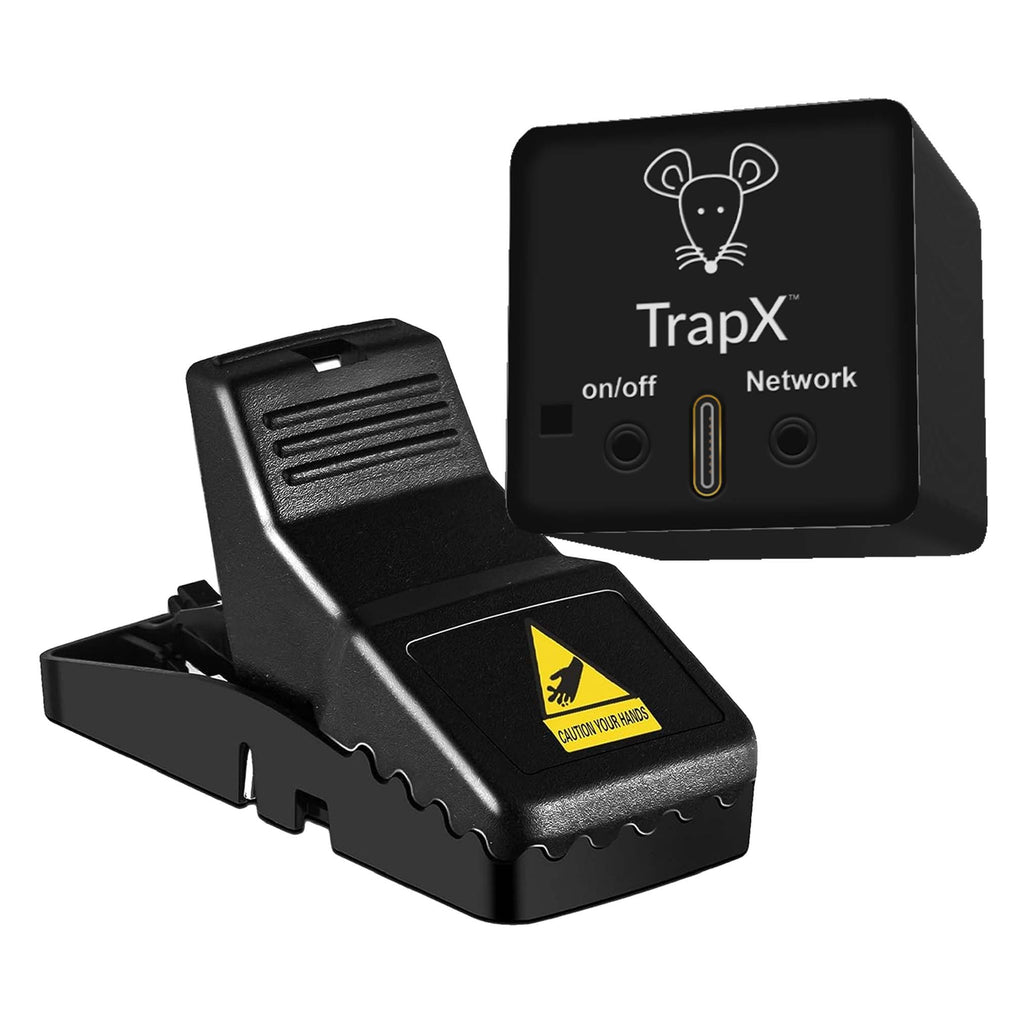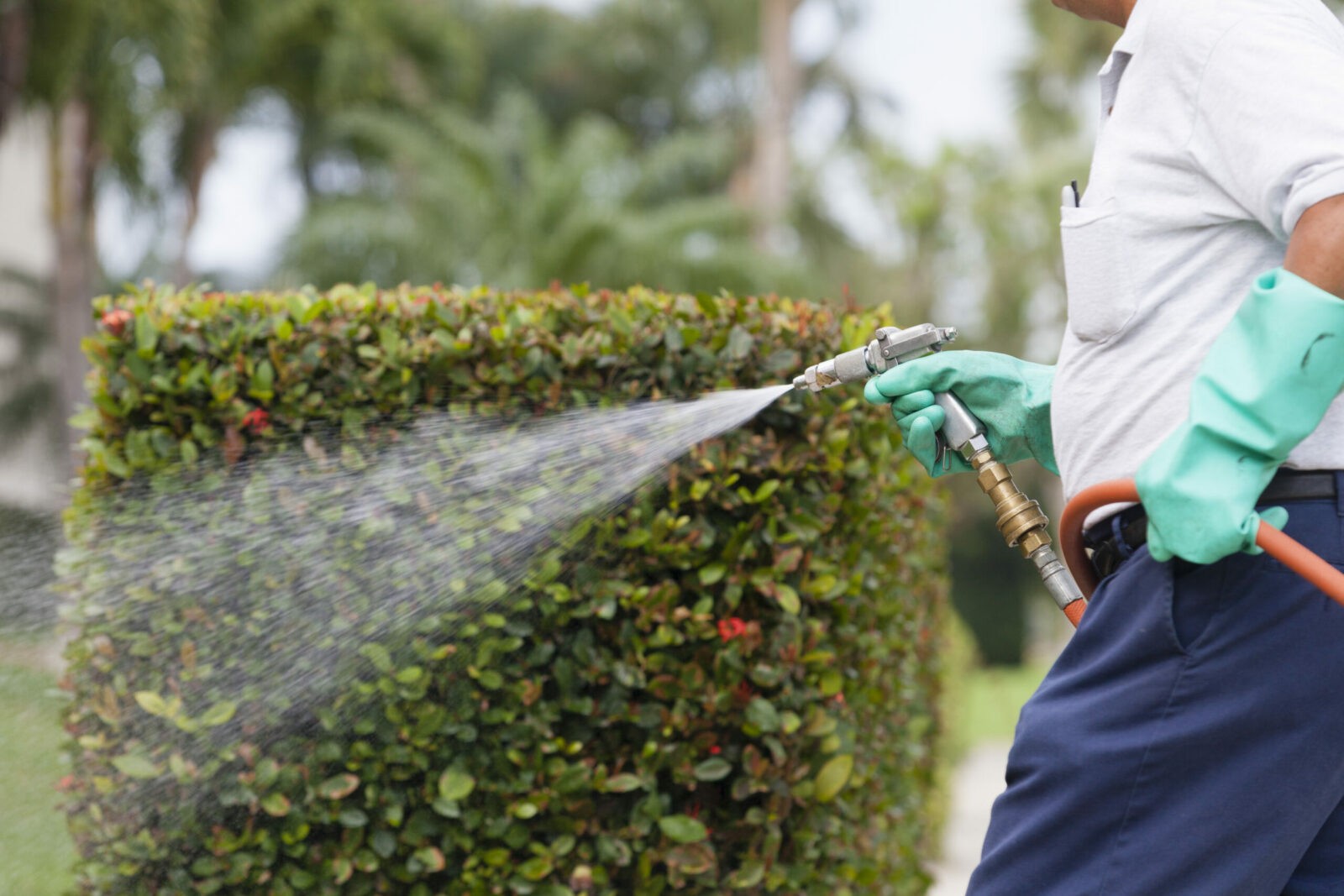Where to Spray Pest Control: Areas You Shouldn't Ignore
Share
Every homeowner encounters pests at some point. Whether it's ants marching across the counter, cockroaches scuttling away into dark corners, or bedbugs invading your restful nights, dealing with pests can be a monumental challenge. One question arises consistently among homeowners: where to spray pest control? Understanding the best locations to apply pest control can save you time, money, and peace of mind.
When it comes to pest control spray, it's essential to remember that **location matters**. Spraying without a strategic approach can lead to waste, both of product and effort. In this article, we'll explore the ideal spots to focus your pest control applications, ensuring that you target the pests effectively.

The Importance of Targeted Application
Applying pest control spray indiscriminately is not only inefficient but may also pose risks to humans and pets. Therefore, understanding where to spray pest control is critical not just for effectiveness, but for safety as well. Targeted application ensures that you are addressing the root of the problem rather than just the symptoms.
Common Areas to Spray for Pest Control
- Kitchen: Its no surprise that the kitchen is a hub for pests like ants, cockroaches, and pantry moths. Focus on areas around the sink, countertops, and underneath appliances.
- Bathrooms: Bathrooms can attract various pests, including silverfish and cockroaches. Pay close attention to areas around sinks, tubs, and toilets where moisture can accumulate.
- Basements and Crawl Spaces: These damp places are a nest for rodents and insects like spiders. Spray along the walls, corners, and near entry points that lead outside.
- Entry Points: Doors and windows serve as primary access points for various pests. Ensure to spray around the perimeters as a preventive measure against future infestations.
- Outdoor Areas: Spraying around the foundation of your home as well as patios and gardens can deter pests before they enter your home. Make sure to also spray under decks and patio furniture.

Understanding Pesticides and Safety
When discussing where to spray pest control, its vital to understand the types of sprays available and their safety precautions. Always read the label and follow the manufacturer's instructions. This not only ensures effectiveness but also minimizes health risks. Check out some pesticide safety tips from the EPA to keep yourself and your loved ones safe.
Choosing the Right Spray
There are many types of pest control sprays, but not all are equal. Depending on the pest, you might need a specialized product. For instance, sprays for ants differ from those meant for bedbugs. To learn about the various types of sprays out there, consider reading about what sprays pest control uses.

How to Properly Apply Pesticide Spray
Once you determine where to spray pest control, application techniques also matter. Start by ensuring that the area is clean and free of food particles, as this can attract pests to the treated area. Here are some tips for a successful application:
- Use a Consistent Motion: When spraying, maintain a steady movement to ensure even coverage.
- Follow the Wind Direction: If you're spraying outdoors, ensure that youre spraying downwind to avoid inhaling chemicals.
- Allow for Drying Time: Be sure to let the spray dry completely before allowing pets or children back into the treated area. For drying duration, read further at how long it takes for pest control spray to dry.
Post-Spray Actions
After spraying, monitor the area for pest activity. If you see no improvement within a few days, re-evaluate your previous approach or consider contacting professionals. Sometimes, pests are more resilient than anticipated, and the situation might require a more robust solution. For insights into costs associated with pest control treatments, read this cost analysis for pest control.
Frequently Asked Questions
1. How often should I spray for pests?
The frequency can be determined by the level of infestation and the type of pests you are dealing with. Regular preventive spraying every few months is generally recommended.
2. Is pest control spray safe to use indoors?
Yes, but you must ensure proper ventilation and follow the safety guidelines on the product label for indoor applications.
3. When is the best time to spray for pests?
Early morning or late evening is often suitable, especially for outdoor applications, as most pests are more active during these times.
As an Amazon Associate, I earn from qualifying purchases.
